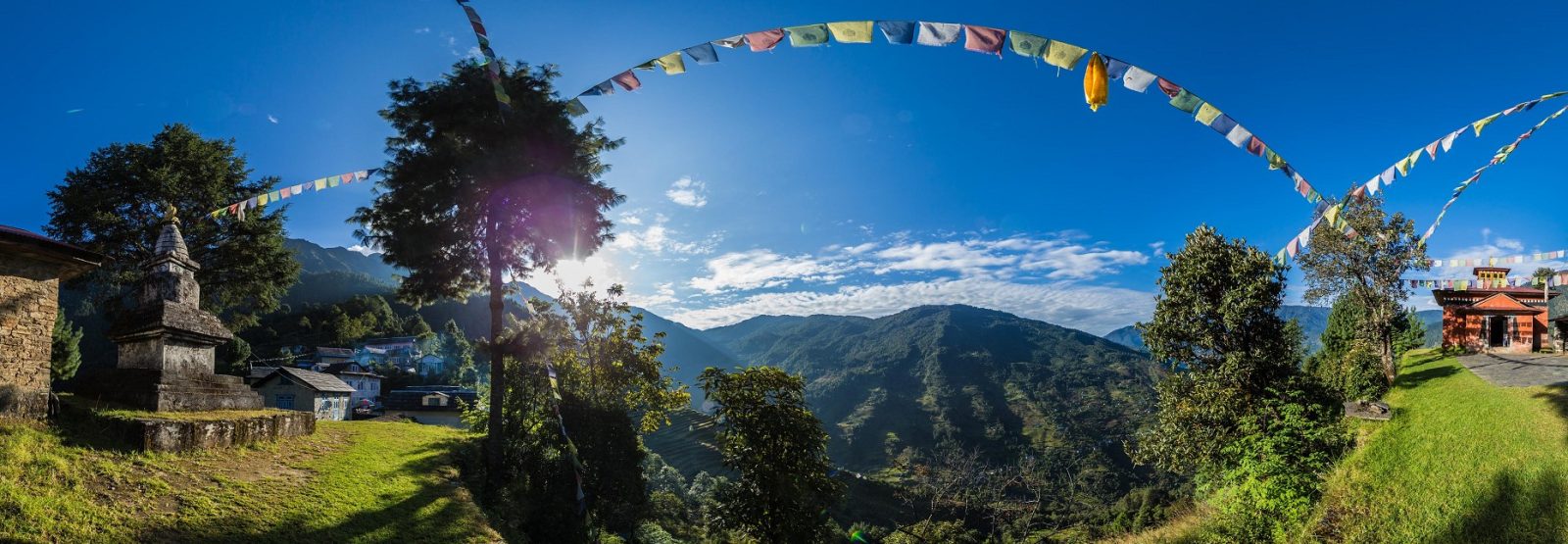
Travel Insurance for Adventure Holidays
Whatever your trip you will need to take out travel insurance appropriate to the countries you are visiting and what you will be doing when you get there. It is important to take out your policy as soon after booking your trip as possible. If you need to cancel for a legitimate reason then your trip costs and flight costs will be covered.
Travel insurance policies are generally sold for an individual trip or as annual cover. Some companies sell an annual travel insurance policy as part of a package which might include house and car insurance, but in our experience those travel polices may not cover the sorts of activities that we provide like trekking at altitude and mountain climbing, but they will cover holidays like wildlife safaris. Do always check that what you buy covers what you are planning to do. This page offers some advice on what to check for.
Coronavirus update: since the global pandemic and the introduction of travel corridors and advisories against travel by the FCO in the UK and other Governments, insurance companies have adjusted their policies and some are offering cover for travel to countries which are on the FCO list for ‘all but essential travel’ and there are some offering cover for cancellations due to covid-19.
Staysure for example covers for travel in places that are advised against travel, as does Battleface. But do check the small print for terms; Battlesure for example does not provide covid cover if you are over 59. Global Travel Insurance (GTI) also provides covid cover including cancellation cover but only for people of a certain age. The tricky one is cover for cancellations due to FCO advice but insurance companies are adapting to the new market and there may soon be changes.
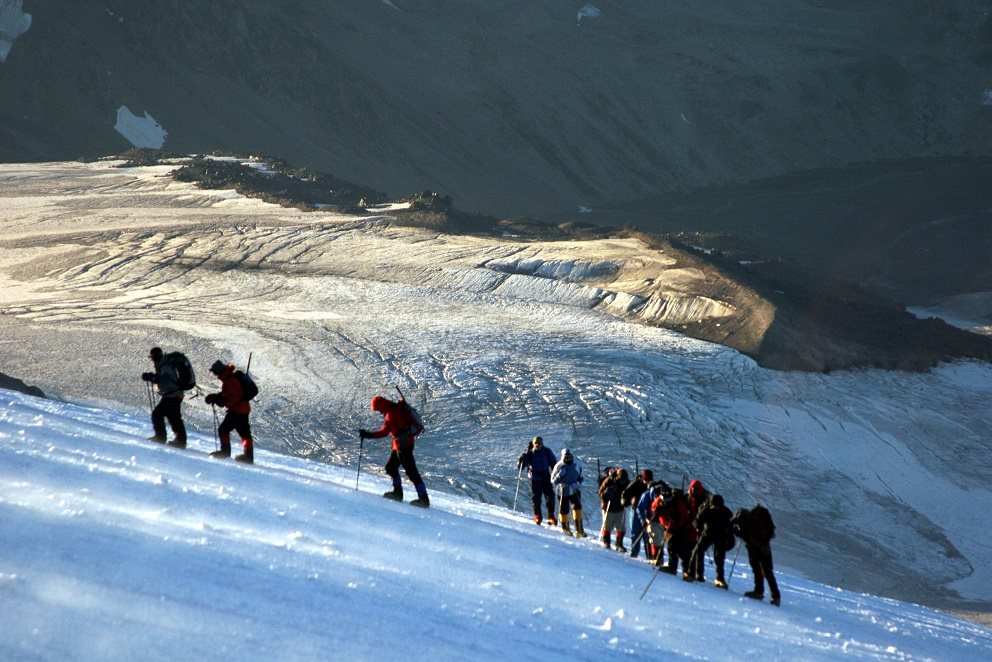
TRIP CANCELLATION COVERAGE
An important aspect of travel insurance is cancellation coverage. If for whatever reason you are unable to travel then you are able to claim back the costs of your bookings and flights, as long as your reason is listed in the policy. It’s best to get cover in place as soon as possible so that you are covered for cancellation immediately.
Regional and Activity Coverage
Check the UK Government FCO pages (or your own country’s travel advice website) for latest information on where you are going because some places are listed as ‘all but essential travel’ which might impact on an insurance policy’s validity. Some trips like climbing Mount Elbrus in the Caucasus require specialist insurers like Campbell Irvine.
Insurance companies have different ways of defining trekking and climbing. Some will list conditions based on just the altitude, others will have specific comments on guided or unguided, and some will mention the use of ropes. There is a big variance in what the small print says.
The vast majority of our trips are guided treks and mountain climbs which are non-technical, with altitudes of around 4000 – 6000 metres. For some of them we ask that people carry crampons and an ice axe which is standard for moving on snow but they are not technical climbs, for example Mount Elbrus. Some require a harness with slings and karabiners in order to clip onto a fixed line, which again is not the same as technical climbing at all, for example Island Peak in Nepal. A few require you moving on a man rope with a guide through glaciated terrain, which would be classed as more risky but it depends on many factors such as gradient and exposure. For example Mera Peak in Nepal requires a man rope to walk on, but it’s not a heavily crevassed route and although high, it’s not a steep gradient. Whereas the Bolivian peaks of Pequeno Alpamayo and Huayna Potosi are much steeper routes and require you to be on a climbing rope and to use crampons and ice axe.
Many non-specialist general adventure insurance companies are not specialists in this type of travel and therefore the parameters of a policy might be very generic. Others are more specialist and are likely to be more specific in how they determine their cover, in fact many now promote a policy for a specific peak. For example True Traveller offers a number of adventure ‘packs’ which they cover for quite specific trips, for example climbing Kilimanjaro which is nearly 6000m in height but has no technical requirements, or trekking to Everest Base Camp which is a walk to 5500 metres.
If you’re on one of our other holidays – safaris, holidays to Borneo – then from an insurance point of view you fall into the more standard ‘holiday maker’ category. Many people use policies they find online such as ones from the post office or sports cover direct.
For some UK based companies also check out World Nomads, Insure and Go, JS Insurance, Covered2Go and also the British Mountaineering Council or the Austrian Alpine Club.
Medical and repatriation cover
All travel policies provide cover to get you home in the event of an accident, and that should include from the point of incident all the way back to your house. It should cover any medical expenses incurred, air ambulances, and also the costs of a rescue.
For all of our treks, climbs or holidays in wilderness areas you will need to be covered for rescue potentially by helicopter, especially on treks in Nepal and now on Kilimanjaro. The costs of this can be high and it is important you check the maximum value which is covered under this clause. On other trips like treks in Morocco and treks in Kenya there are no helicopter services so any rescue would have to be done by the team of guides and local people available.
In Nepal there is a very good Helicopter Search & Rescue service, but the highest cost (for example from Everest Base Camp) is $10,000 per person. However lots of people use horses to get back down the trails, which cost about $120 per day, if they are feeling sick. For most of the treks it’s fairly easy to get to a nearby village and call in a helicopter or use a horse. For mountain climbs in Nepal like Island Peak and Mera Peak, a rescue would involve being assisted off the slopes by the staff down to the nearest village where a helicopter could be called in. For the bigger peaks like Mount Everest, there is a helicopter pad at base camp for going to the higher camps but your policy may not cover this eventuality.
On Kilimanjaro there is a helicopter rescue service which costs around $5000, which will pick up casualties as high as 4600 metres at Barafu Camp elevation and bring them down to a high altitude clinic in Moshi. Otherwise, it’s actually very easy for our staff to get people off the mountain and down to lower levels quite rapidly, just by having two people either side of you. There’s no cost to that of course, but we also pay a rescue fee to the National Park which allows us to access a jeep which can come as high as about 3200 metres to the Shira Plateau. Some routes like the Rongai route are more remote and don’t have any vehicle access like that.
In Borneo a helicopter can be used at a cost of around $2000 per hour, which is useful for trips into remote areas like the Penan villages, but generally any evacuation would be quite easily managed using road and river transport and then a wide network of small aircraft.
But on Aconcagua a helicopter service from base camp to the park gate is included in the cost of the permit. Any rescue high up on the mountain would be self-managed and assisted by the mountain Rangers, depending on weather and accessibility. This is a mountain where the level of self-sufficiency is much higher.
On Elbrus there is no helicopter service on the mountain but there is a very good snow machine and snowcat service which can get people quickly off the mountain on the south side up to 5100 metres. The cost of this is about $600 for the whole snowcat, and it’s paid in cash to the driver. The machine will take you straight to the huts or to the chair lift and cable car off the mountain and down to the village. Like many purchases in Russia it’s cash only and the driver would not provide a receipt for an insurance claim. We could help by confirming the payment of the money but some insurance companies may not accept that sort of evidence. There’s no such facility on the north side though, any rescue would be self-managed and then the casualty taken by 4×4 back to the city of Pyatigorsk.
It is important to check with us the levels of cost that would be incurred and to ensure you are properly covered. In many places – especially high mountains – an evacuation is handled by the staff and the team because there’s no access for a helicopter, and that is an acceptance that you must take for these types of trips. Sometimes the weather is too bad, or visibility is low, and it’s impossible to bring in a helicopter. An accident would require the team of staff and everyone to work together to bring a casualty down to the nearest safe place. On a trek this is often not a big issue but on a mountain climb
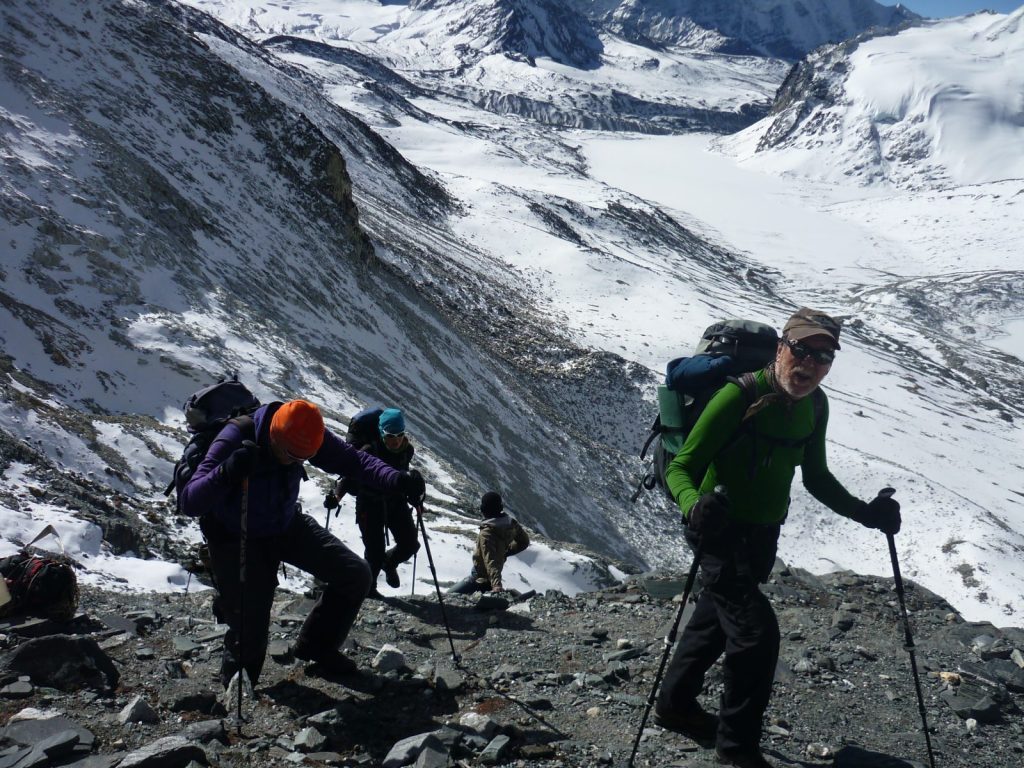
You need to make sure that you fill out the medical declaration accurately and disclose any conditions or history that may be at all relevant however small. In the unlikely situation where you need to make a claim any undisclosed issues that may have affected your risk may cause your policy to be invalid and can quickly rack up huge medical, rescue and repatriation costs.
Contacting your insurance company
It is more commonly true that you won’t be able to contact your insurance company to tell them of an accident or a need to open a clailm file, until you get off the mountain or are back in some sort of civilisation. It’s important to do this as soon as possible and give them your information so they open a file and can give you a reference. You will need the policy number plus the date when you bought the insurance and your personal details.
In some places like Nepal you can get a signal and the insurance company will often work directly with the helicopter company to arrange a pick up. In other places or situations this is not always possible and in that case you are required to pay yourself with a credit card and claim later. Whatever the case it will be important to keep any documentation, especially a medical report evidencing your condition or accident and including dates.
If you have any concerns or queries regarding your insurance cover you should raise them specifically, in writing, with the insurance provider.
There are also providers who specialise in cover for people with existing medical conditions. Some general providers may either not provide cover or offer much higher premiums. If you do have specific requirements or conditions it is worth contacting companies such as All Clear Travel.
Many of our clients use: https://www.sportscoverdirect.com/sports-travel-insurance/?promoid=191300

Book Your Adventure of a Lifetime Now
Discover our trips to other Countries
Adventure Alternative Articles
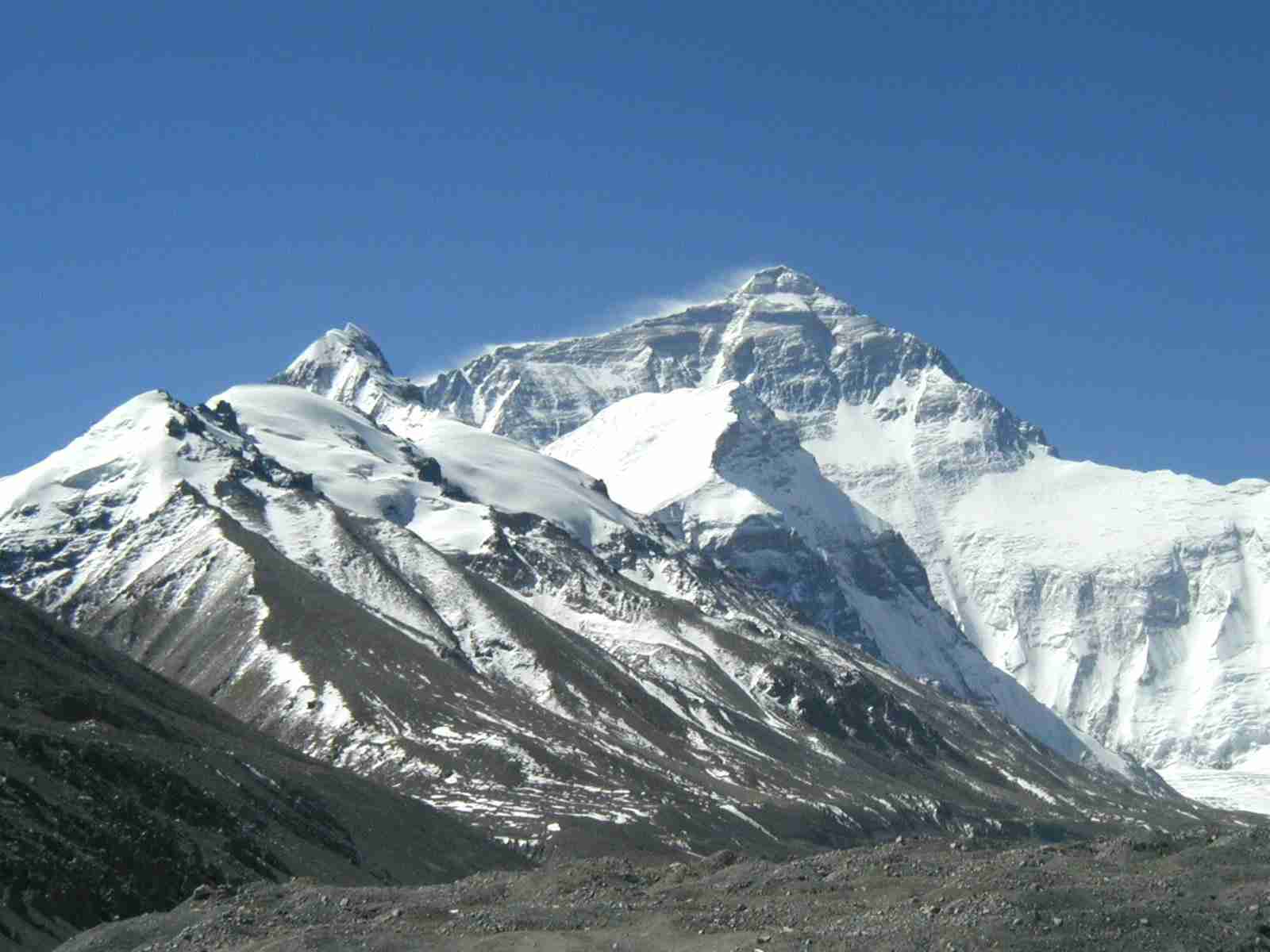
12 MONTHS, 12 MOUNTAINS
Climbing Calendar Ready for World Mountain Day In celebration of World Mountain Day, we've created a calendar for the year to make it easy for...
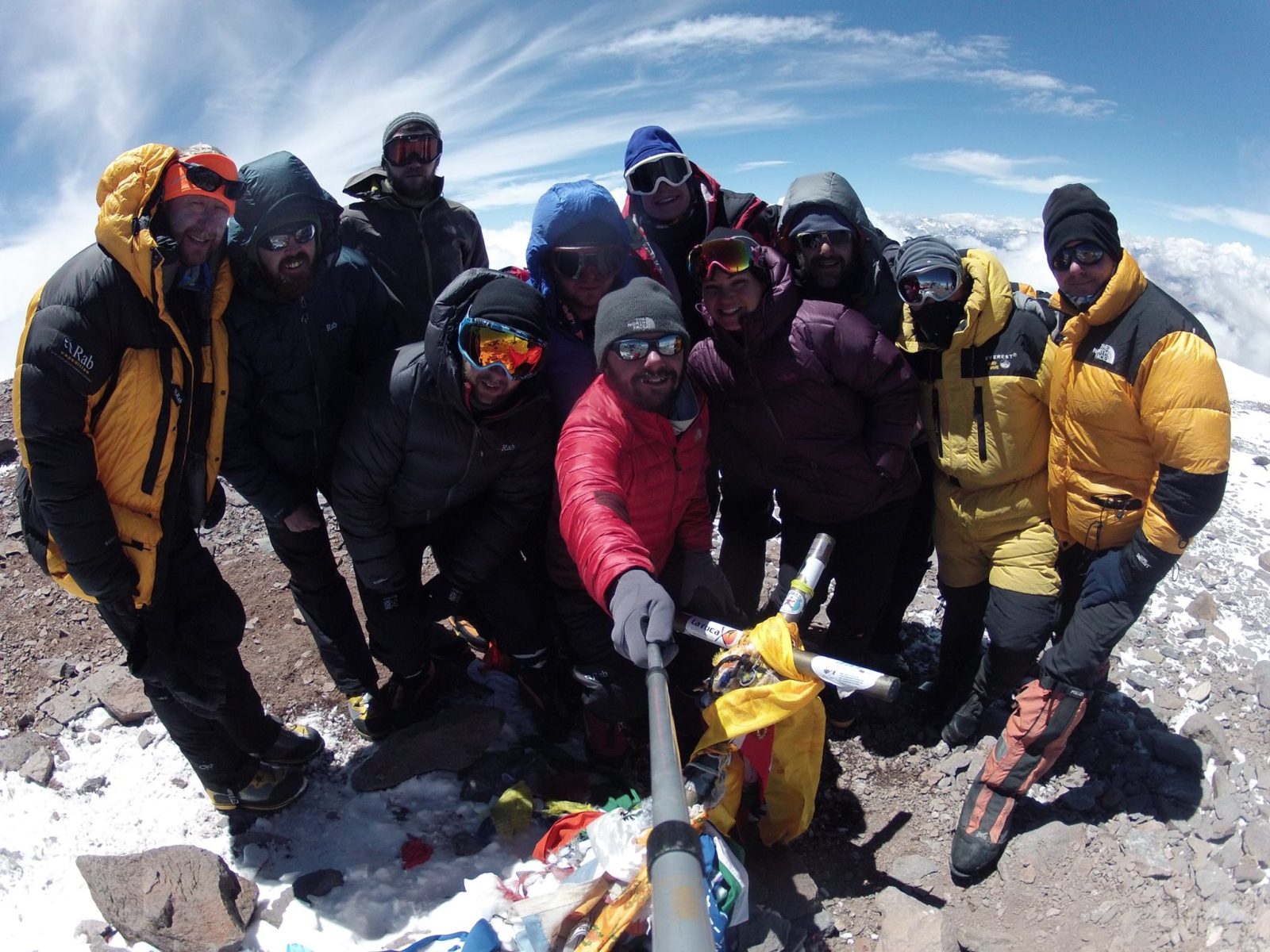
Mount Aconcagua Trip Review
January 2016 This year we had a team of twelve clients from four different countries – Iran, Ireland, England, South Africa and Argentina –...
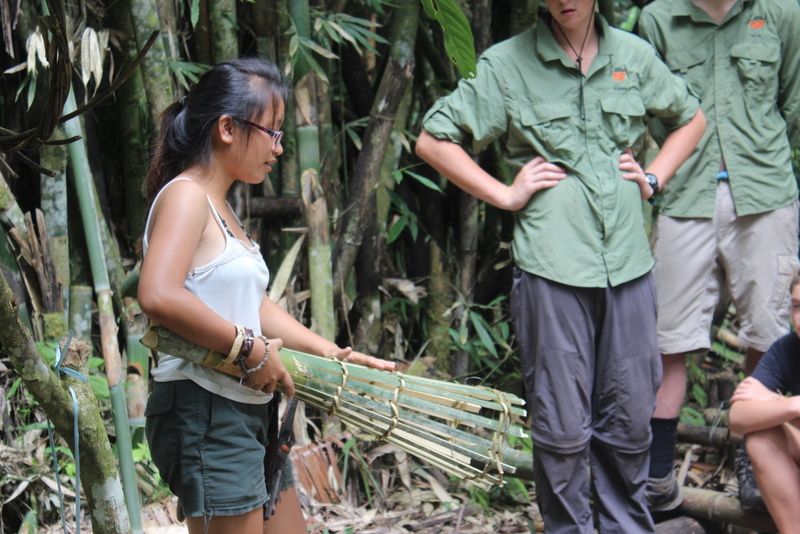
Alcey’s Survival Skills Course at Lupa Masa Jungle Camp
SURVIVAL SKILLS COURSE AT LUPA MASA JUNGLE CAMP | ADVENTURE ALTERNATIVE In celebration of International Rural Women’s Day, we’re talking...